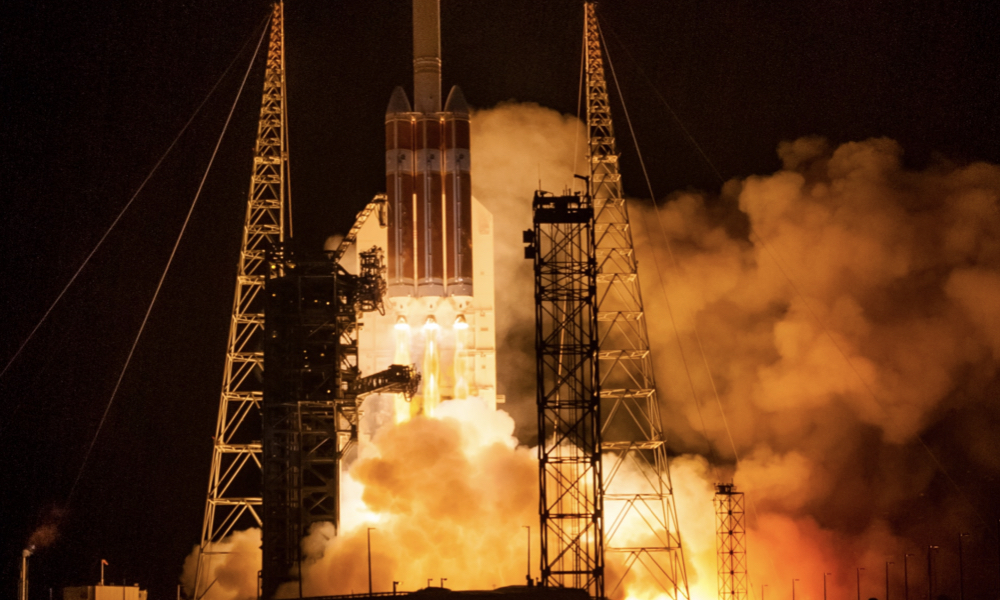
ESA Open Invitation to Tender AO9441
Open Date: 23/08/2018
Closing Date: 04/10/2018 13:00:00
Status: ISSUED
Reference Nr.: 18.1ED.07
Prog. Ref.: Technology Developme
Budget Ref.: E/0901-01 – Technology Developme
Special Prov.: BE+DK+FR+DE+IT+NL+ES+SE+CH+GB+IE+AT+NO+FI+PT+GR+LU+CZ+RO+PL+EE+HU
Tender Type: C
Price Range: 200-500 KEURO
Products: Satellites & Probes / On-board Data Management / On Board Data Management / Payload Data Handling Units / Satellites & Probes / Electronics / EEE Components / Other
Techology Domains: Onboard Data Systems / Payload Data Processing / Hardware Technologies for Payload Data Processing / Onboard Data Systems / Microelectronics for Digital and Analogue Applications / Digital and Analogue Devices and Technologies / EEE Components and Quality / EEE Component Technologies / Hybrids and Micropackaging
Establishment: ESTEC
Directorate: Directorate of Tech, Eng. & Quality
Department: Electrical Engineering Department
Division: Data Systems Division
Contract Officer: Ferreol, Audrey
Industrial Policy Measure: C3 – Activities restricted to SMEs & R&D organisations, prefe…
Last Update Date: 23/08/2018
Update Reason: Tender issue
The achievement of a high degree of miniaturization is a key prerequisite for achieving low mass and small footprint for electronicsystems. For specific advanced systems and extreme environments (highly miniaturized electronics, integrated localized control/processing in robotics, very small landers/vehicles/penetrators, extreme thermal environments) the use of traditional space qualified ceramic packages is prohibitive due to their footprint size and thermal mismatch between package and suitable qualified PCB materials.The conventional way of mounting complex components (die mounted in ceramic package, package soldered to PCB) introduces a large overhead in terms of mass and size. For example, a typical CQFP352 package (used for many processors and other components of similar complexity) has a PCB footprint of ca. 55 x 55mm, while the silicon die inside can be accommodated in less than 20x20mm when directlybonded to the PCB (i.e. 13% of the area). The CQFP352 package has a mass of approximately 30g (50g with PCB); the directly bonded die including cover weighs only 1-2g (3-4g with underlying PCB). Additional potential advantages of die-on-PCB mounting are higher reliability due to reduced number of contact points (only wire bonding, no package soldering) and higher tolerance to temperature changes. The bare die mounting technology has a decades-long commercial heritage and is actively developed in the US for hi-reliability andspace applications. Also in Europe the technology has been investigated in the past, and has in fact been used (but not fully qualified or specifically accepted by ESA) on specific projects (e.g. highly miniaturized Rosetta ROLIS camera). For specific science applications this mounting technology needs to be made available; especially robotics (joint and manipulator control), instrumentation and systems for harsh (low temperature) environments (systems and instruments without survival heating) and other extremely mass efficient systems (landers, penetrators, microspacecraft) will benefit from the significant surface / mass / volume savings that this mounting technology can enable. The envisaged development shall demonstrate the basic feasibility of the assembly approach for space applications. Space qualified materials and processes will be used wherever available, and the test (mechanical, thermal cycling,etc.) results shall be sufficient to support evaluation/qualification on batch basis for space applications. The developed boards will be suitable to support prototyping activities for advanced future instrumentation, robotics, and microspacecraft.Procurement Policy: C(3) = Activity restricted to SMEs RD Entities. For additional information please go to EMITS news „Industrial Policy measures for non-primes, SMEs and RD entities in ESA programmes”.
If you wish to access the documents related to the Invitation to Tender, you have to log in to the ESA Portal.
